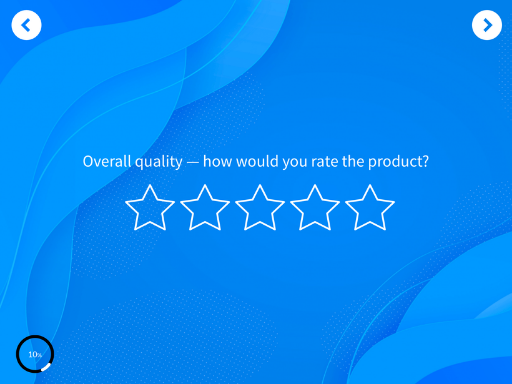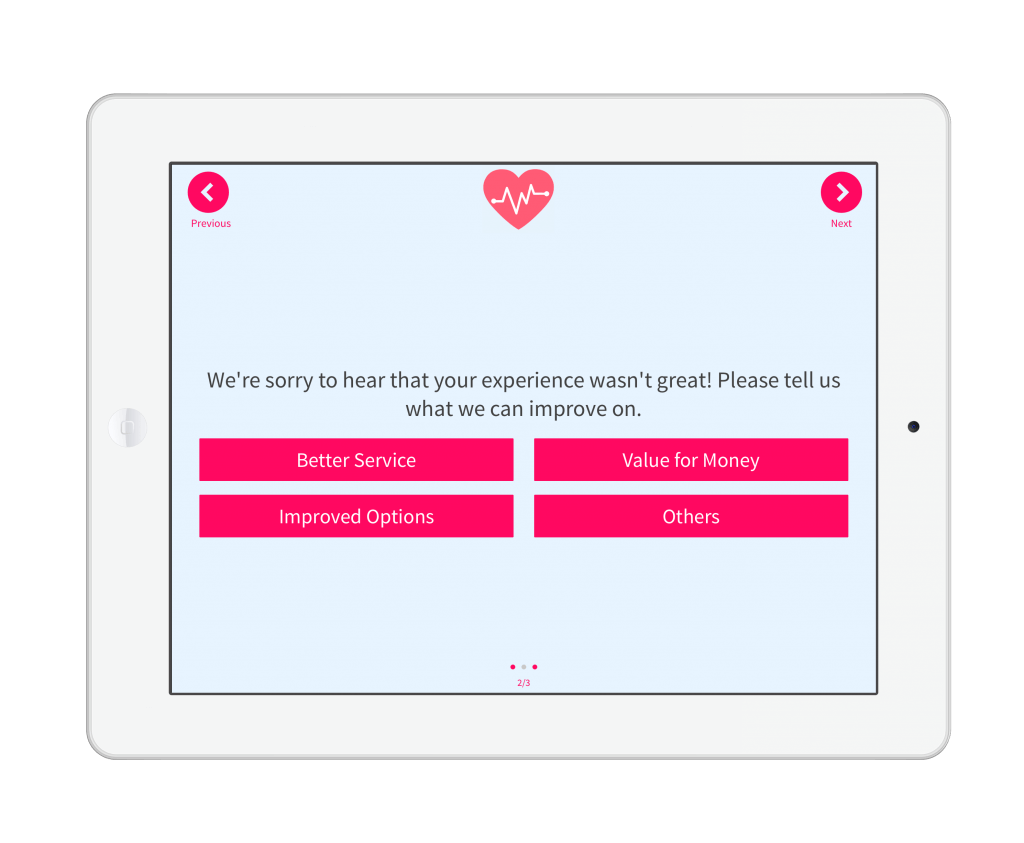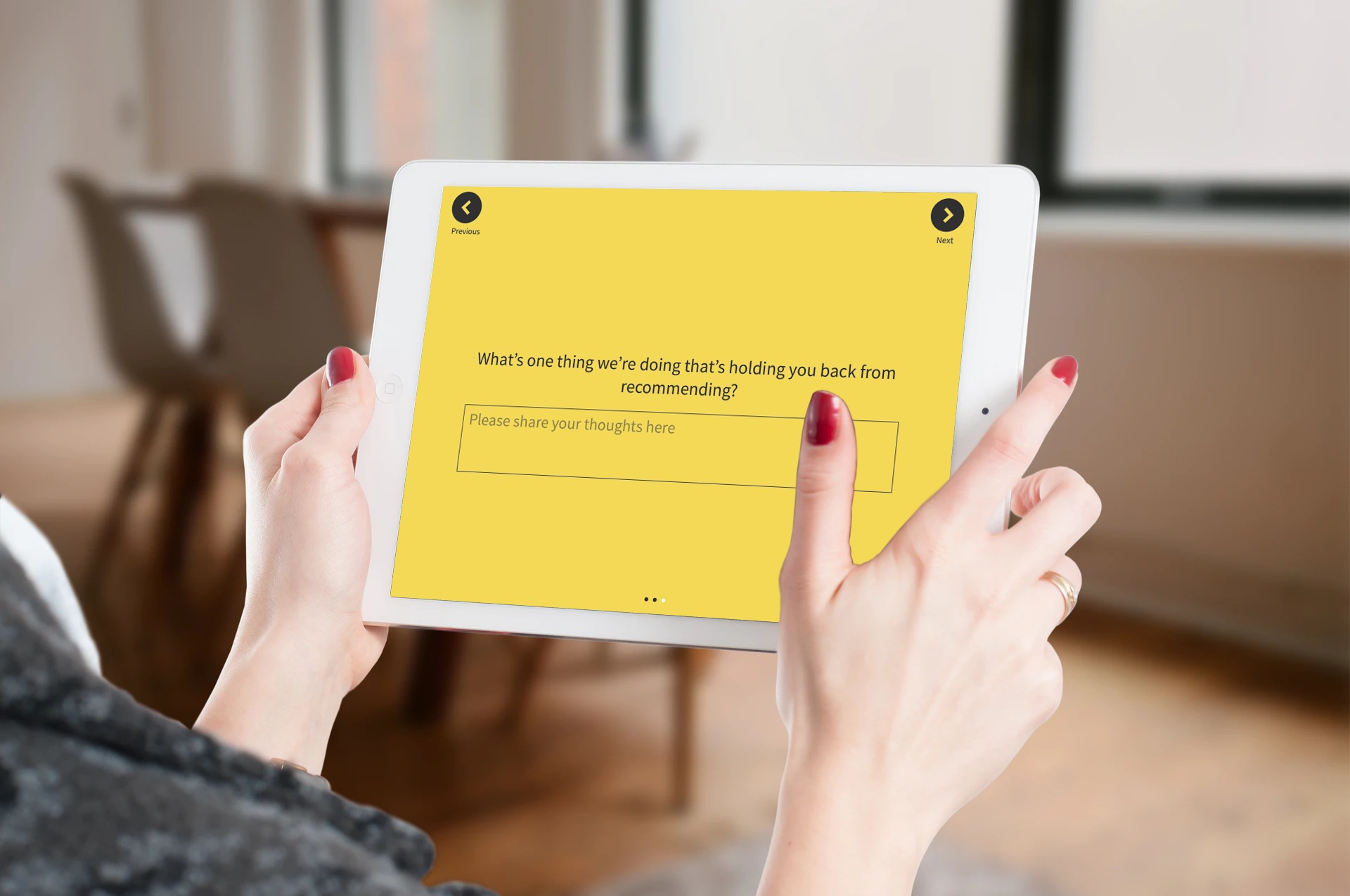Product Feedback is anything your customers tell about your product based on their experience with your product. It can be a simple comment like “Amazing! It’s super easy to use!” and also be a long testimonial or a long email complaining about a bug or poor interface.
Whatever the Product Feedback is, it is a relevant and rich source of information that you can use as a guide to take further actions. But its fruitfulness can only be utilized when you use it to make your product strategies and take action on it to improve user experience. For instance, if a customer complains about your product being slow or difficult to use, or being stuck due to a bug, and you don’t take action on it, it will worsen the user experience. In this way, the entire purpose of collecting feedback gets defeated.
Here comes the need for creating a Product Feedback Loop and taking it ahead in an effective way. In this article, we will explore what a Product Feedback Loop is, how you can build an effective Product Feedback Loop, and some best practices to create and use a Product Feedback Loop. Let’s get started!
Measure Product Feedback & User Insights 💻
With Product Feedback Surveys, understand what users need and learn ways to delight your customers.

What is a Product Feedback Loop and why it is important?
A Product Feedback Loop is a strategy that businesses make on the basis of customer feedback and suggestions, and use for product development and improvement.
It is the complete process of collecting Product Feedback, responding to it, taking action on it, making strategic improvements and changes wherever needed, and informing the customers what action has been taken on their feedback.
Building a Product Feedback Loop and working on it is extremely important in terms of customer experience and satisfaction. Without making and closing the feedback loop, collecting feedback becomes worthless. Whereas, when you actively engage with the customers regarding their feedback and take instant actions, it boosts customer experience.
Researches suggest that 89% of the businesses compete mainly on customer experience and 73% of the customers make decisions related to make purchases and repurchases considering the experience they get.
When you act on feedback, your customers feel heard and valued which increases their satisfaction. And when your users are satisfied with the product experience, they resubscribe to your product. On the other hand, when you don’t do anything about customer feedback, they tend to try different products in the market and have a high tendency to switch to one of them.
So it would not be wrong to say that building an effective product feedback loop is highly necessary in terms of business growth and customer retention. An effective Product Feedback Loop the process of Closing the Feedback Loop will give you results like:
- High user satisfaction
- Good customer retention
- Good ratings, reviews, and word of mouth
- More users getting attracted to the product
- Overall growth and success of your product
Now, let’s explore how you can build and implement an effective Product Feedback Loop process.
How to Build and Implement Effective Product Feedback Loop
The process of building an effective Product Feedback Loop starts with collecting feedback itself. Let’s learn the whole process step by step.
Steps to Build Effective Product Feedback Loop Process
- Collect Product Feedback
- Analyze Product Feedback
- Utilize Feedback to make Strategies
- Follow up and Close the Feedback Loop
Let's explore how you can go ahead with these steps to build and implement Product Feedback Loop effectively.
Step 1 - Collect Product Feedback
The first step to building an effective Product Feedback Loop is to collect Product Feedback from your users. Whether you collect feedback or not, you will anyhow receive it in the form of tickets, requests, complaints, ratings and reviews on aggregator platforms, and comments on social media. So it is always better to provide opportunities to your customers to share solicited feedback. The best way is to use an effective Product Feedback Tool to create and share feedback surveys with your customers.
A good product Feedback Software enables you to create powerful surveys and share them with your customers through various channels. Some of the effective ways to collect product Feedback are email surveys, SMS surveys, live chat, website surveys, popups, feedback buttons, and in-app surveys.
Follow an Omnichannel approach and be available for the customers on every possible channel to collect feedback so that you get more feedback data with high accuracy. You can also use metric surveys like NPS, CSAT and CES surveys to present easy surveys to your customers and gauge their satisfaction, loyalty, and perceived efforts while using your product. These surveys will enable you to get quantitative and measurable feedback which is more actionable and useful.

Step 2 - Analyze Product Feedback
Once you have collected all the valuable feedback data, now it is time to analyze it and find actionable insights into it. Analyze the data carefully and see the pattern of customer behaviour in it. For instance, you have added a new feature to your product. In such cases, see how ratings and reviews have been affected and whether the change is positive or negative.
Moreover, notice the customer behaviour regarding certain features and attributes of your product. There may be a particular feature that your customers love or a common bug that creates hindrances for most of your customers. It may be possible that you miss a feature in your product that many of your customers are suggesting, or there may be some common issues like slow speed, or difficulty in using a feature, that would be bothering many of your customers.
Analyzing carefully all this data will help you fetch actionable insights and find out your product’s strengths and weaknesses. Share your conclusions with your different teams like the product development team, customer service team, marketing and sales team.

Step 3 - Utilize Feedback to make Strategies
When you have the actionable data handy and you have shared it all with the relevant teams, discuss it with them and make further strategies to enhance customer satisfaction. Work on eliminating your product’s common issues and bugs and improve it to launch better versions of your product.
Assign tasks to your teams to work on customer feedback and suggestions and come up with effective strategies to improve your product and enhance user satisfaction. When you have got better versions of the product, test them first with a small group of users. A/B testing is a great way when you want to test multiple alternatives and decide which one is better. Share version A and version B with different sets of customers and see where the response is better.
Step 4 - Follow up and Close the Feedback Loop
The final step is to close the Product Feedback Loop. Before closing, ensure that your teams have taken relevant action on the assigned tasks and all the issues have been resolved which your users had raised and those which needed immediate actions.
Moreover, when all bugs have been fixed up, personally contact the users who informed you about them and tell them that you have fixed the bugs. To those who have given you suggestions which you have followed, thank them for their valuable feedback and inform them that you have taken action as per their suggestions and soon they will get the updated version of the product.
Finally, after you have tested and concluded the best version of your product, launch it and announce it to your customers.
While you build your Product Feedback Loop, you should also follow some best practices to ensure its effectiveness. Let’s explore some best practices to create and use Product Feedback Loop.
Some Best Practices to Create and Use Product Feedback Loop
- Focus on the Right Sources to collect feedback
- Follow up on every feedback
- Prioritize feedback and assign tasks accordingly
- Tell the customers what you have done for them
- Use an Effective Product Feedback Software
Let’s learn more about how to follow these practices.
1. Focus on the Right Sources to collect feedback
As the first step of building an effective Product Feedback Loop is to collect feedback, you must ensure that you use the right sources of feedback. It is always best to be omnipresent and follow a multichannel approach to collect feedback. However, your focus should be on those that most of your customers use.
You can test multiple channels of feedback and see where your receive the maximum number of responses. Then you can finalize which channels work best for you and should focus more on those ways to collect feedback. This doesn’t mean you ignore feedback from other channels. But when you want to select one or two channels among multiple, then this should be your approach.
Moreover, if you collect feedback from reviews and ratings of aggregator platforms, make sure you focus on and trust reliable platforms where you get the right information without any biases.
2. Follow up on every feedback
While you work on extracting meaningful customer suggestions from your Product Feedback Loop, it is also necessary that you revert and follow up on every feedback given by the customers, whether it is positive, negative, or neutral feedback.
Show gratitude to the users who shared positive feedback and if they are one of those truly loyal customers, do reward their loyalty with discounts and offers. Thank the users with neutral feedback for responding to the feedback survey, and ask them what you can do better for them. Apologize to the users with negative feedback for their bad experiences, and ask them where things went wrong. Take immediate action to improve their experience and keep them informed about what you are doing for them.

3. Prioritize feedback and assign tasks accordingly
There may be a lot of feedback and it may be difficult to personally deal with every feedback and take instant actions. So you should prioritize feedback and take action on them accordingly. Work on negative feedback on priority where you see a potential churn, and you or your team can fix up things.
Assign tasks to your customer success teams and set priorities so that your team can contact the customers immediately and take instant actions to improve their experience before it’s too late.
4. Tell the customers what you have done for them
You collect feedback, take action on it, follow customers’ suggestions and do everything to satisfy your customers. But if you do not tell this to your customers, maybe they would never know. So always keep your customers informed about what actions you are taking on their feedback. If they have raised an issue and you are in the process to resolve it, keep them updated on the progress. When it is done, tell them that it’s resolved and what actions you have taken to resolve it. This can even change negative feedback into positive one.
If you follow customers’ suggestions and make changes to your product, tell them personally that you have taken their suggestions and the new version will have what they wanted. This will convey to them that you care for them and that their feedback matters. This boosts their satisfaction and loyalty towards the product and brand.
5. Use an Effective Product Feedback Software
Always use good Product Feedback Software to create surveys, collect feedback, and follow a closed-loop process. An effective Product Feedback Tool helps you throughout the whole journey from collecting Product Feedback to building a feedback loop and effectively closing it. Make sure the software you use provides you with real-time alerts and notifications about every feedback or the feedback that fall in the criteria set by you like a low rating or high effort so that you get notified in real-time and can take actions to prevent customer churn.
Take a free trial of the tools you are thinking to choose and see which tool works best for you before making the final decision on which one you would choose.
Conclusion
Taking action on feedback is as important as collecting it. Building an effective Product Feedback Loop enables you to take the right actions on feedback at the right time and prevent customer churn. It also helps to improve your product and keep it in line with your user requirements.
Always use a good Product Feedback tool for this purpose. Zonka Feedback is one of the best Product Feedback Tools that lets you create effective surveys and share them through multiple channels. It also provides you with real-time notifications and feedback alerts so that you can take instant action on feedback and close the feedback loop.
It also offers you a free trial for 14 days. Try Zonka Feedback for free and see how it works for you.

 MS Teams
MS Teams












